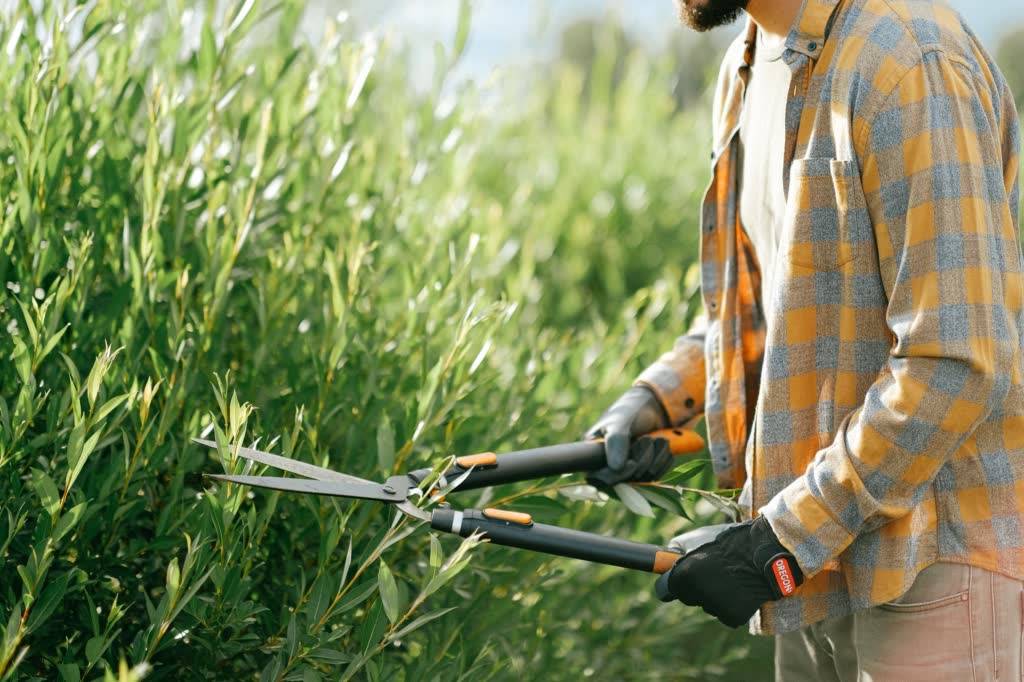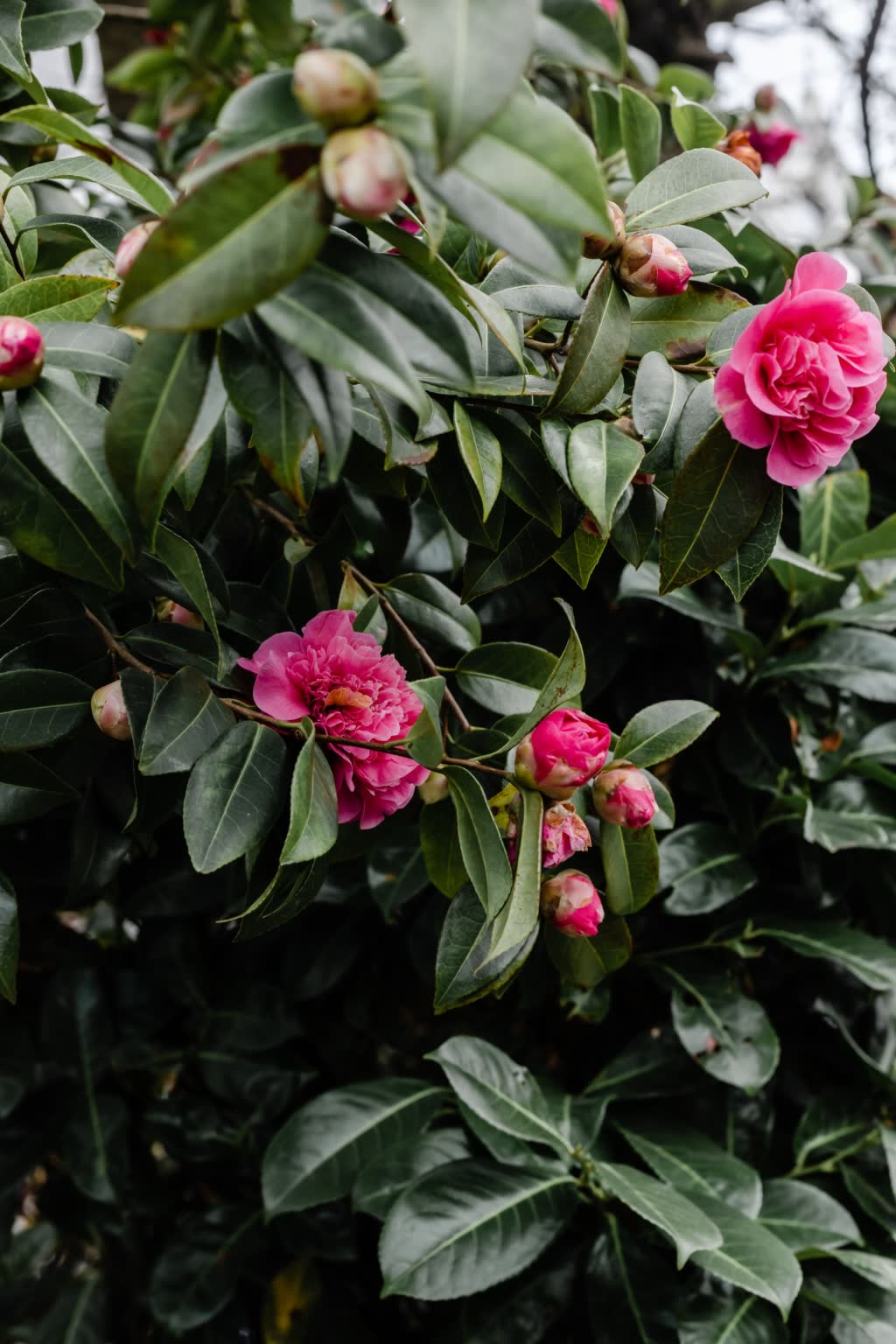
Maintaining a beautiful garden is a rewarding experience, but it often requires time and effort. However, for those of us who have busy schedules or just desire a more relaxed outdoor space, creating a low maintenance garden is the perfect solution.
By incorporating smart design choices, selecting suitable plant varieties, and employing efficient gardening techniques, you can create a low maintenance garden that requires minimal upkeep. I hope the following information will help you build and grow your own low maintenance garden.
Keep Your Garden Simple
The key to a low maintenance garden begins with thoughtful planning and design. Keep the following factors in mind:
A simple garden layout
Choose a clean, uncomplicated design that minimizes the need for frequent pruning, trimming, or replanting. Straight lines, geometric shapes, and defined borders can create an organized and structured appearance that also reduces the amount of work required to keep it looking wonderful - such things as trimming edges is made much simpler.
Reduce lawn size
Consider replacing large areas of grass with alternative ground covers, gravel, or mulch. This reduces the need for mowing, watering, and fertilizing. If you choose alternative ground covers that are native to your area, you may also help to attract beneficial insects and birds that will further reduce your maintenance by limiting the impact of pests and diseases.
Use hardscaping in your garden
Incorporate hardscaping features like stone pathways, decks, or patios. These elements add visual interest while reducing the need for maintenance.

Install automated irrigation
Set up an automated irrigation system with timers or drip irrigation to ensure efficient watering without excessive manual effort.
Choose Low Maintenance Plants
Selecting the right plants is crucial in achieving a low maintenance garden. Look for these characteristics:
Native or adapted plants
Choose plants that are well-suited to your local climate and soil conditions. Native species are often hardier and require less care.
Drought-tolerant varieties
Opt for plants that are naturally adapted to dry conditions, reducing the need for constant watering.
Choose Perennials plants over annuals
Perennial plants come back year after year, reducing the need for replanting. Choose varieties that have a long blooming period and require minimal deadheading.
Ground covers
Utilize low-growing ground covers to suppress weeds and reduce the need for regular weeding.

Mulching and Weed Control
Mulching is a valuable technique for reducing weed growth, retaining moisture, and improving soil health:
Apply a layer of organic mulch
Spread a 2-3 inch layer of mulch around your plants and garden beds. Ensure that this mulch does not come in direct contact with the stem of your plants as this can affect their health and cause such diseases as collar rot. But do ensure that the mulch extends under the drip zone of the leaves.
Use weed barriers
Consider using weed barriers like landscape fabric beneath the mulch to further inhibit weed growth. Please be aware that this fabric must allow movement of water through it, so don’t be tempted to use such things as plastic sheets that are waterproof. Other options include the cardboard from old boxes and old newspapers. But do ensure that any plastic tapes or other synthetic materials have been removed.
Implement Smart Maintenance Practices
To keep your low maintenance garden thriving effortlessly, the following practices will help you minimize the effort in your garden:
Prepare your soil well
Prior to planting, ensure the soil is well-prepared with organic matter and adequate drainage. Healthy soil promotes strong plant growth and reduces the need for fertilizers or other regular additions.
Group plants according to water needs
Organize your garden by water requirements, grouping plants with similar needs together. This allows for efficient watering and reduces water waste; and of course the amount of work required by you.
Regularly inspect and monitor your garden
Conduct routine inspections to catch any problems early on, such as pest infestations or plant diseases. Prompt intervention can prevent major issues developing and the amount of work required by you increasing.
Limit pruning and deadheading your plants
Choose plants that require minimal pruning and deadheading to maintain their shape and promote healthy growth. Often these plants will be quite slow growing, so be patient. It may take some time for your garden to develop into what you want it to be, but your patience will be rewarded in the end.

Creating a low maintenance garden doesn't mean sacrificing beauty or functionality. By implementing smart design choices, choosing appropriate plants, and adopting efficient gardening techniques, you can achieve a beautiful outdoor space that requires minimal effort to maintain.
I am an educator and passionate gardener and traveler. Throughout my adult life, gardening has been my passion, therapy, drive and source of purpose. Even as a child I had an intrinsic interest in plants and a desire to understand what makes them grow.
I distinctly remember the moment this began - my family was on one of our regular road trips from Hervey Bay; Australia. We were driving past a field of sugar cane. Dad pulled the car over and we cut a couple of sugar cane stems and brought them home for a treat. To be honest, I didn’t really like the taste, but I did want to try and grow it; and that is exactly what I did. It was then that my fascination, interest and passion for gardening and understanding plants began.
Fast forward a few years and I studied biological sciences and began what would be a 36 year career as a Biology educator. From this, I don’t only love gardening, but I also love helping others learn about gardening. I am also always looking for new ways to develop my own gardening knowledge. I like to think I am truly a life-long learner.
Fundamental to my beliefs about education is that learning is often best done as a part of a community - learning from others, and helping others to learn. It is this type of community that I hope iCultivate will be for its members - a community of gardeners, keen to share their gardening knowledge and wanting to learn about new ways to garden - a community built on the love of gardening.











Get involved!
Comments